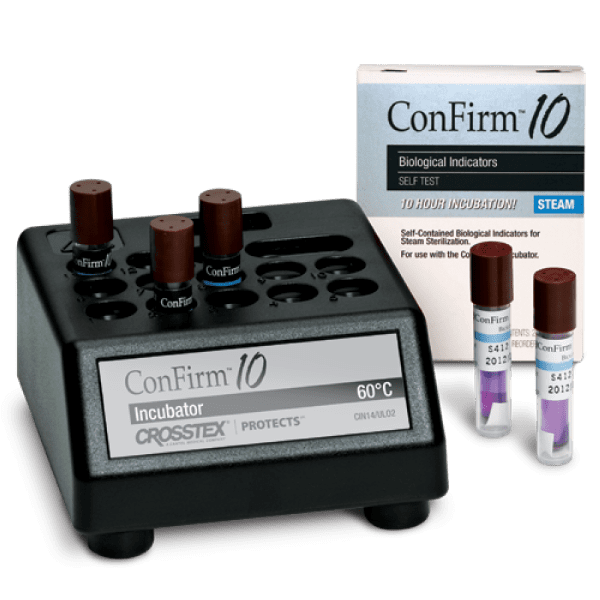
This may manifest as the maintenance of axenic strains for study and storage, the preparation of surgical devices, the growth of large cultures for compound extraction and purification, among others. Laboratory research, medical treatment, industrial production of pharmaceuticals, and a wide variety of other scientific applications all rely on sterilization procedures to protect workers and consumers from pathogenic contaminants. Their adoption may also help increase the accessibility of science to a broader range of investigators. These results suggest that, depending on the nature of the work undertaken, store-bought pressure cookers can be an appropriate substitute for commercial autoclaves. Only the Instant Pot, however, was able to sterilize autoclave tester ampoules of Geobacillus stearothermophilus spores. All four pressure cookers were able to sterilize these starting materials as well as a range of microbial types, including Gram-positive bacteria, Gram-negative bacteria, filamentous fungi, unicellular fungi, and mixed environmental samples. Four commonly available brands of pressure cooker were tested for their ability to sterilize microbiological media, a variety of metal instruments, and high-titer microbial cultures.


This work examines the use of commercial electric pressure cookers as an alternative method for the sterilization of media, instruments, and waste. However, steam autoclaves typically used for this purpose may not be readily accessible to everyone in the scientific community, such as K-12 teachers, researchers in the field, students in under-funded laboratories, or persons in the developing world who lack funding and resources.

Laboratory science requires careful maintenance of sterile reagents and tools as well as the sterilization of waste prior to disposal.


 0 kommentar(er)
0 kommentar(er)
